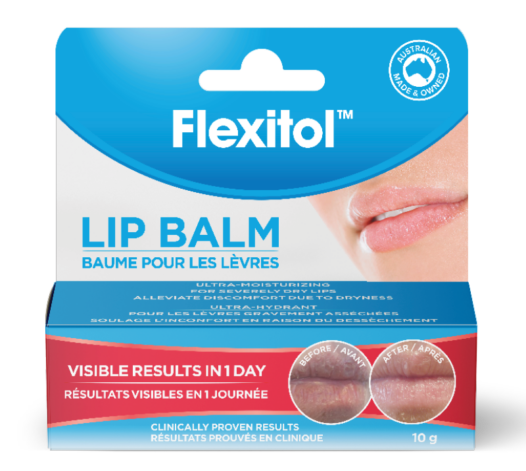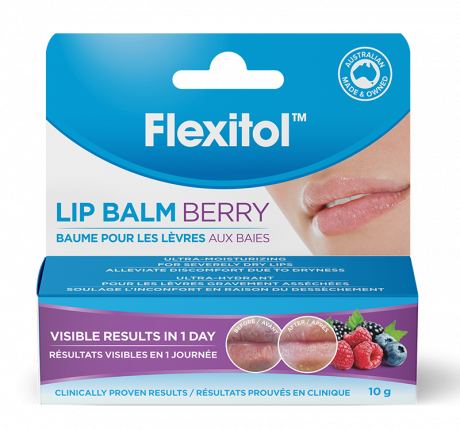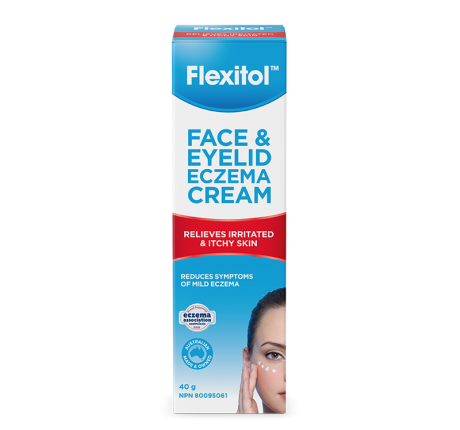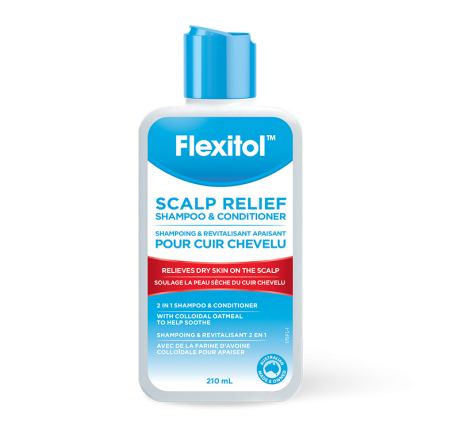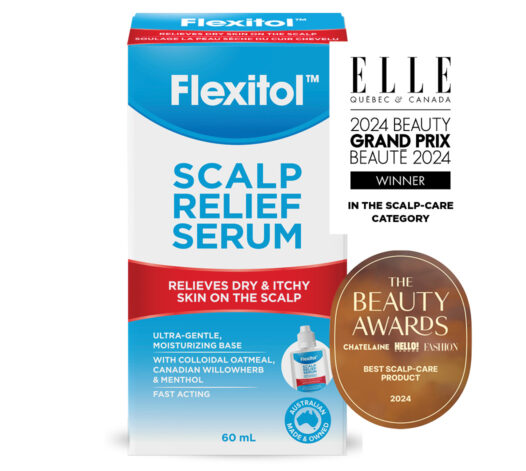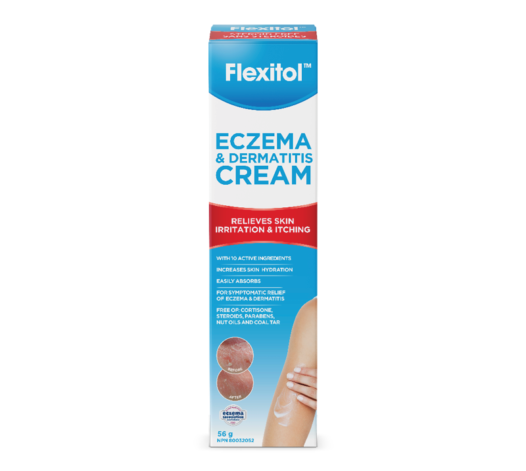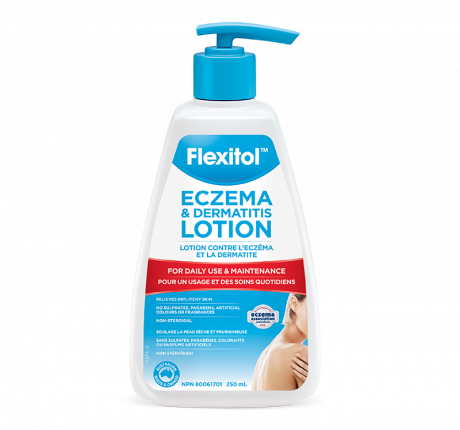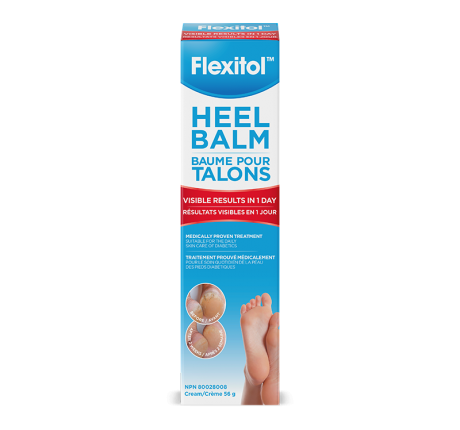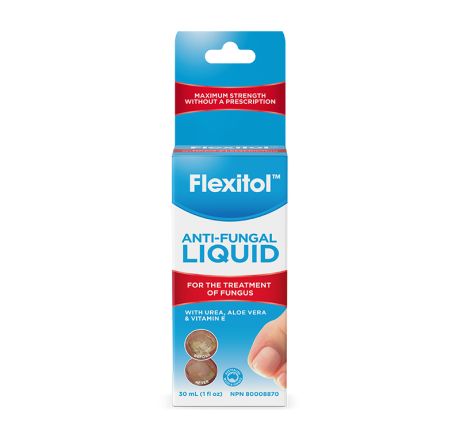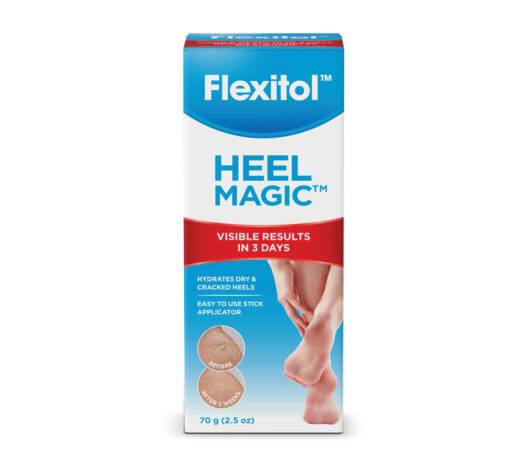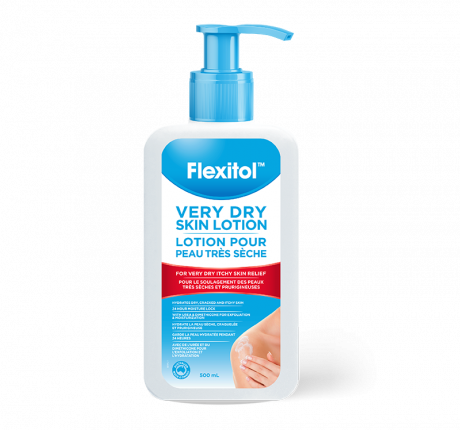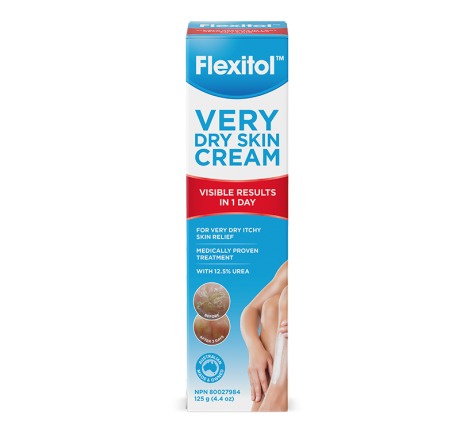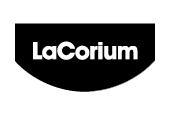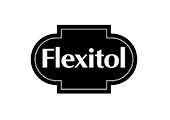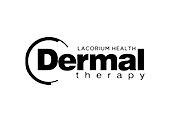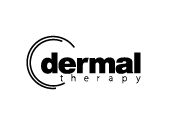Urea vs “The Acids” in Skincare: What’s the Difference?

Area
Very Dry Skin Sensitive Skin Chapped Lips Daily UseLook at the ingredients list for most skincare products, and two ingredients appear again and again. Urea and some form of acid. Given the concerns surrounding chemicals, adding either of the ingredients to your skin can feel a little daunting.
However, these ingredients are the secret to healthy skin and should be integrated into every skincare routine. But what’s the difference between urea and “the acids?” Why should you use urea in skincare, and what are its benefits? Let’s find out.
In this guide:
- Understanding Urea and Its Dual Role
- The Acids: Salicylic Acid and AHAs
- The pH Factor: Urea vs. Acids
- Introducing Flexitol Skincare Products
Understanding Urea and Its Dual Role
Urea is a naturally occurring substance and a byproduct of protein metabolism in the liver. Usually, it’s responsible for softening the skin barrier, locking in moisture, and healing any wounds or irritation.
You’ll often find it as an ingredient in skincare products. It’s best known as a “keratolytic” or exfoliant, meaning it helps soften tough skin. We use it in our heel creams for just this reason. It softens the hard, cracked skin, allowing the heel to heal.
But it has several other properties. As a humectant, it retains moisture within the skin, ensuring your skin stays hydrated. And it can even aid in skin repair, making it the perfect all-around ingredient.
Urea enhances the effectiveness of other ingredients by improving their absorption into the skin. Unlike other acids, urea does not cause sun sensitivity, making it a safer option for daily use without the risk of heightened photosensitivity. This makes it a versatile ingredient in skincare products, offering both hydrating and exfoliating benefits without the need for extra caution in the sun. Little wonder you find urea in skincare products.
The Acids: Salicylic Acid and AHAs
“The acids” is a broad term describing the common acidic products found in skincare. Examples include alpha-hydroxy acids (AHAs) and beta-hydroxy acids (BHAs). Similar to urea, these compounds chemically exfoliate the skin, breaking down the bonds between dead surface skin cells. This makes them perfect for keeping a clear complexion or tackling stubborn hard skin such as on the scalp, heel, or elsewhere.
In addition to their exfoliating properties, AHAs and BHAs act as humectants, locking in and attracting moisture. BHAs, specifically, are oil soluble and get into the pores to remove buildup and excess oils. They’re perfect for acne-prone skin.
Examples of Skincare Acids
The most common BHA is salicylic acid. It works to unclog the pores and loosen the buildup of dead skin. It’s often the main ingredient in acne treatments.
Glycolic acid and lactic acid are common AHAs. These compounds improve dull complexions, providing gentle hydration and soothing irritation.
Finally, there’s hyaluronic acid; it’s a humectant which draws moisture to the surface of the skin, softening hard skin and keeping it hydrated.
The pH Factor: Urea vs. Acids
One of the biggest differences between urea and acids is their impact on the skin’s pH balance. Acids, by their nature, lower the skin’s pH, which can disrupt the skin’s natural barrier if not managed correctly. For people with sensitive skin, this sometimes results in irritation, sensitivity, and, rarely, an increased risk of sunburn.
Urea, on the other hand, maintains the skin’s natural pH and doesn’t disrupt the barrier. Its mild exfoliating action is balanced with its hydrating properties, making it suitable for those with sensitive skin or conditions like eczema and psoriasis.
| Feature | Urea | Acids (AHAs & BHAs) |
| Type | Naturally occurring humectant and keratolytic | Chemical exfoliants (AHAs and BHAs) |
| Exfoliation | Gently softens and exfoliates the skin | Breaks down bonds between dead skin cells |
| Moisturising | Locks in moisture and hydrates the skin | Humectants that attract moisture to the skin |
| Skin Sensitivity | Suitable for sensitive skin and conditions like eczema or psoriasis | Can cause irritation, especially for sensitive skin |
| Common Uses | Hydrating, healing, softening dry skin, soothing irritation | Acne treatment (salicylic acid), brightening, anti-aging (glycolic, lactic acid) |
| Sun Sensitivity | No increased sun sensitivity | Can increase sun sensitivity, requiring sun protection |
Introducing Flexitol Skincare Products
Most of our products contain either urea or some form of acid:
Take our Scalp Relief Shampoo & Conditioner, for example. It contains urea to gently exfoliate the dry, flaky scalp while sealing in the moisture to allow for healthy hair growth. Plus, its soothing properties ensure it doesn’t exacerbate any inflammation.
On the other hand, our Heel Balm contains both urea and glycolic acid. Heel skin is often tough and hard to treat. By combining these ingredients, our heel balm offers hydration and exfoliation minus the irritation. With regular use, this allows skin to soften and any cracks or fissures to heal.
Finally, our Very Dry Skin Cream contains 12.5% urea and is ideal for moisturizing, exfoliating, and repairing skin that’s severely dry, cracked, itchy, or scaly. Given that people with such severe skin conditions often have sensitive skin, it works gently, avoiding further irritation and inflammation.
Our Lip Balm Original, also contains urea, and is perfect for gently exfoliating and moisturizing chapped, dry lips. The urea works to soften and hydrate the lips, promoting healing while providing a protective barrier that helps prevent further dryness.
Explore our complete range of skincare products here.
Final Thoughts
Urea and acids both play vital roles in skincare, helping to exfoliate, hydrate, and improve skin health. Urea is gentle and maintains your skin’s natural balance, while acids can tackle tougher skin conditions like acne and dry patches. Choosing the right one depends on your needs and the sensitivity of your skin. Explore Flexitol’s range of products featuring both urea and acids to find the perfect solution for your skincare needs.
References


